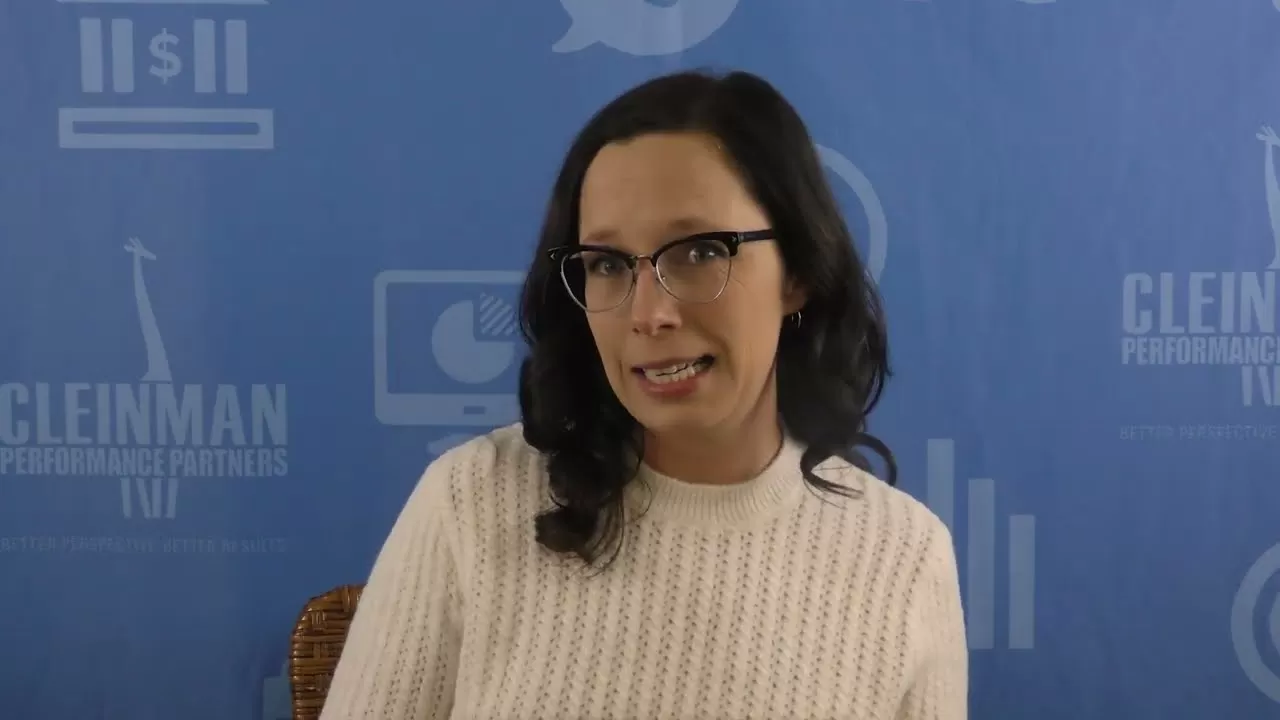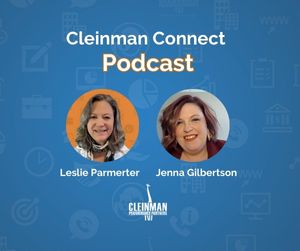 Back in the day, Vision Plan was developed as a methodology for selling the services of its owner, the profession of optometry. Vision Plan acted as optometry’s agent; effectively owned and controlled by the profession itself. Vision Plan represented an efficient institutional marketing effort; a sophisticated marketing tool utilized by otherwise unsophisticated marketers. Reimbursements were reasonable and the fee reductions associated represented an effective use of marketing monies. For the typical optometrist ten years ago, such discounting represented around 11% of revenue. This expense is a sales cost, as Vision Plan is “paid” this money in exchange for patients. And an 11% cost of sales was a reasonable investment to put “butts in seats.”
Back in the day, Vision Plan was developed as a methodology for selling the services of its owner, the profession of optometry. Vision Plan acted as optometry’s agent; effectively owned and controlled by the profession itself. Vision Plan represented an efficient institutional marketing effort; a sophisticated marketing tool utilized by otherwise unsophisticated marketers. Reimbursements were reasonable and the fee reductions associated represented an effective use of marketing monies. For the typical optometrist ten years ago, such discounting represented around 11% of revenue. This expense is a sales cost, as Vision Plan is “paid” this money in exchange for patients. And an 11% cost of sales was a reasonable investment to put “butts in seats.”
As the marketplace has evolved, four interesting and dramatic phenomena have developed.
Greed: First, the premium dollars paid to Vision Plan by employers grew to billions of dollars. Vision Plan employees saw this pot of gold. So, Vision Plan figured out how to change their structure to disengage control from the profession that launched it and place that control in the hands of Vision Plan itself. Today, Vision Plan clearly operates, not for the benefit of its Providers and former “owners,” but for the sole benefit of Vision Plan. So says the Supreme Court.
Back to billion$; these monies are invested in a variety of ways to create additional earnings for Vision Plan. Companies were purchased. Beautiful buildings were acquired. Technology was developed. Employees were paid exceptionally well with benefits that earned Vision Plan an outstanding reputation; one of the best in the nation. All this occurred while Provider reimbursements languished at 1980’s rates. It’s important to note that Warren Buffett created his amazing investment vehicle with insurance premiums. Vision Plan is no dummy.
As the monies flowed, it’s clear that greed became the driving force for Vision Plan. And why not? With Vision Plan now controlling almost 1 of every 6 of optometry’s potential patients, and as much as 8 of every 10 in some markets, it’s easy to understand how Vision Plan might think that they invented the ultimate economic engine. And because Providers are addicted to more and more patients, maintaining the “we’re here for you” mantra was easy. Today, some 25,000 optometrist “addicts” are, sadly, hooked on the drug of the Vision Plan “dealer.”
Naiveté: Now, as time marched on, there evolved a second force. I’ll term this force “marketing naiveté.” With Vision Plan supposedly delivering so many patients, Providers didn’t have to develop or execute marketing programs like other businesses. They could sit back and rely upon the volume delivered by Vision Plan to fill their books. “Who cares whether the patient is profitable, we’ll make it up on volume,” they said.
Just as the addict is hooked to the dealer, Providers got hooked on Vision Plan.
But soon others saw the power of Vision Plan and wanted in on the opportunity. More dealers arrived on the scene; driving the value of the drug (patients) downward. And soon, others offered the drug in a different way, at even deeper discounts. Big box retailers got in the game. Internet delivery arrived. Vision Plan had competition.
Just as the dealer does to the junkie, Vision Plan began taking more and more from the Providers.
“We have to compete,” they said, “we’re working hard for you so that those big bad competitors don’t take away your patients.”
“We’ll sell our plan to individuals.”
“We’ll install retail locations within large employer sites.”
“We’ll set up internet delivery.”
“We’re on your side,” Vision Plan said.
The Coffin Door: Vision Plan has an incredible asset, the names and contact information of tens of millions of Provider’s patients. Vision Plan has frames; they own the largest U.S. distributor. They own the labs to produce lenses. And, as a result of acquisition (using premium dollars and the margins squeezed from Provider’s pockets through under-cost reimbursements), Vision Plan purchased the software firm that is used by thousands of its Providers. So, Vision Plan has all the eyewear and technology links it needs to service its many millions of patients. Ever concerned about Provider’s ability to compete, Vision Plan “helped” Providers by implementing an on-line purchasing site. This was done so that Providers could compete in the cruel modern marketplace. Is it coincidence that Vision Plan retired its old guard leadership and promoted its former Chief Technology Officer to the CEO position?
Starting to get the picture?
The Critical Battle: Finally, Vision Plan is now openly fighting with the very Profession that birthed it. Where do Provider’s services belong in the new health care environment? Should vision care be a carve-out, available only through Vision Plan and its “benevolent” competitors? Or should vision care be part of main-stream health care just like all other physician services? Optometrists aren’t real doctors, are they? Just 10 years ago, the typical Provider “junkie” was paying about 11% of sales to the “dealer” to feed their patient volume “habit.” Today, that number is closer to 35% and climbing. And as reimbursements continue to languish at 1980 levels, it’s ironic that the need for ever-increasing investments to deliver the very best level of care is increasing. New technology is needed. Better trained staff is critical. More modern and enjoyable facilities are required to compete. With costs continuing to rise and reimbursements effectively declining, Vision Plan’s Providers are finding themselves in a financial squeeze.
What a horrible situation for Vision Plan!
Or is it?
Simply stated, one can conclude that Vision Plan is very happy to have Providers earning less and needing more. Isn’t that what fuels further reliance on the “dealer?” Provider has an apparent insatiable appetite for more patients because without more patients Provider can’t maintain past income levels. Provider is hooked on Vision Plan.
But the Vision Plan “drug” has become too expensive. The “dealer” is almost completely controlling the “junkie.” And next, the “dealer” will dramatically reduce their need for the “junkie” by selling their products directly to the consumer via their internet-based initiative. Of course, they’ll throw a crumb to the junkie in the form of dispensing fees. This will serve to keep the Junkie hooked on the Vision Plan “drug.”
The fox long ago entered the henhouse.
What’s sad about this situation is that progressive optometrists can do so much better than life within vision plans. Sure, it takes some confidence; a conscientious approach to service; and attention to the details of marketing and merchandising. But there are many former Providers who have proven that there’s life after Vision Plan.
“I dis-enrolled with VSP one year ago. My gross charges are actually down a bit this year – by almost exactly my amount of VSP charges last year. My net, however, is almost exactly the same as last year. So I am working less and making the same money. Correlation does not mean causation, but it is a heck of a coincidence, isn’t
it?
Would I like to have my net up? Sure – who wouldn’t? But it hasn’t gone down. And I have much more room to grow my practice this way.” Dr. Don Furman, Iowa
It’s clear that vision care belongs within main stream healthcare. And I’m confident that once enough individual optometrists take action with a “we’re sick and tired and not going to take it anymore” attitude, vision plans will either change their ways or be relegated to compete with all those other discount retailers that exist in every market; and against which optometrists have very successfully learned to compete. Certainly, the consumer doesn’t need vision plans to acquire affordable eyecare.
It’s clear that vision plans are “brand destroyers.” If the only reason that our industry can sell our services and products is with a deep discount, we have over-valued our own product/service. Personally, I don’t think this is the case…but most Providers and Vision Plan acts like it is.
It’s time to take back your brand.
It’s time to stop being afraid of life without Vision Plans.
It’s time to recognize that Vision Plans have outlived their usefulness to the Providers who birthed them.
It’s time to get on a 12 step program and wean from this very expensive addiction.
Author’s Note: My use of the term “junkie” is intended to make a point and not meant with any disrespect for the profession that I have served for almost forty years. I have written extensively about vision plans (for more about Vision Plans, simply click on the “VSP and Managed Care” category at the top right corner of this page) and I thank my readers for passing on my blog. I encourage you to read the immediate prior post which details activities of importance at the state level. I encourage every optometrist to get involved with the AOA at your state and federal level to support the battle for your future involvement in mainstream healthcare.




